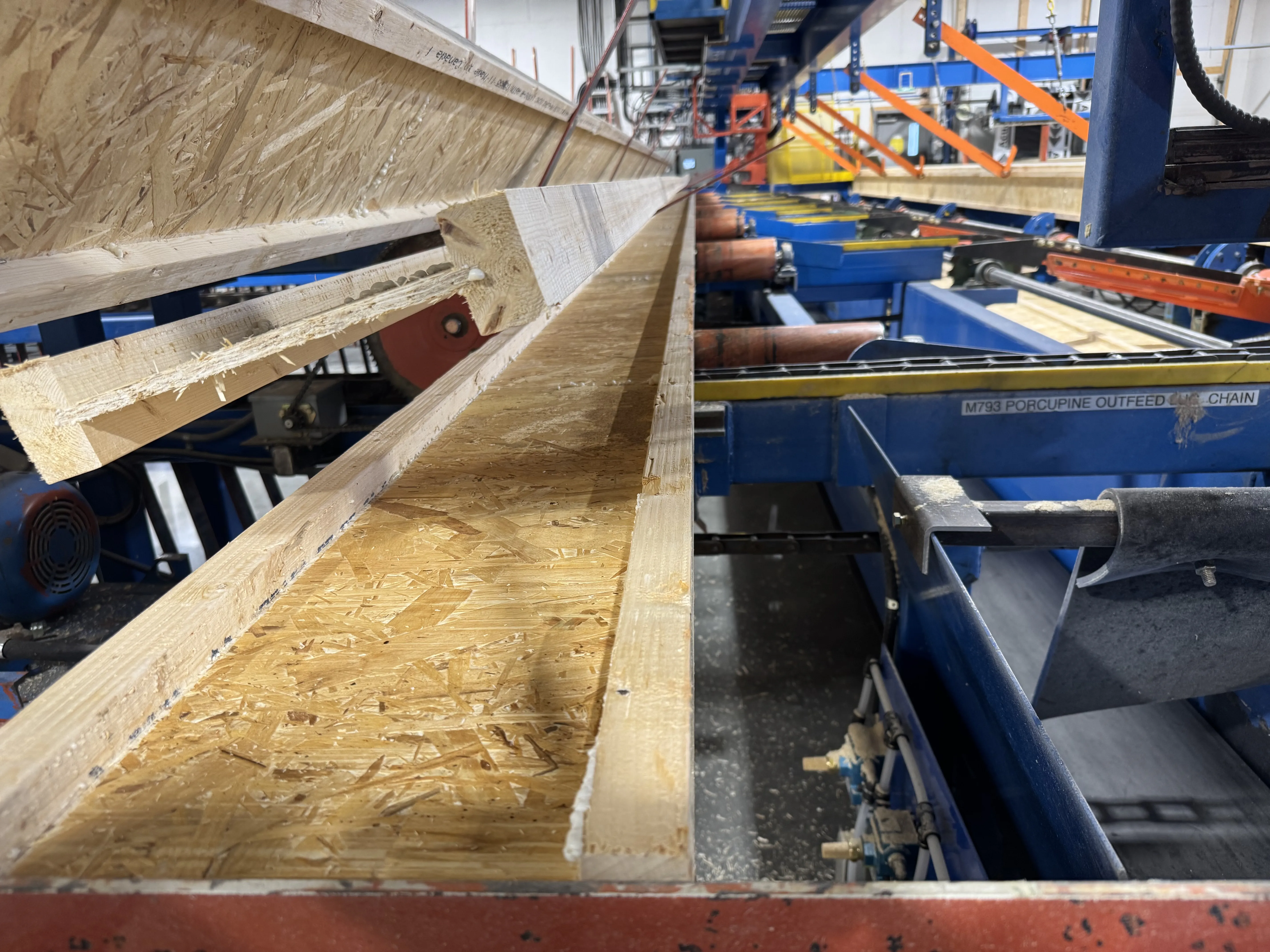March 29, 2025
Dimensional Lumber vs I-Joists: What You Need to Know
Thinking about using dimensional lumber? Here's how AcuJoist stacks up in strength, span, and sustainability.

While traditional dimensional lumber remains widely used in framing, engineered wood I-Joists like AcuJoist offer distinct advantages in consistency, strength, and span capability, all backed by APA certification.
Unlike sawn lumber, which can warp, twist, or shrink due to natural grain variation and moisture content, AcuJoist products are engineered for uniformity. This results in straighter floor systems, reduced callbacks, and fewer framing adjustments during installation.
I-Joists are also designed for longer spans without additional support. This allows architects and engineers to design open-concept spaces without relying on extra beams or load-bearing walls. The superior strength-to-weight ratio of AcuJoist makes it ideal for both residential and light commercial applications where flexibility and performance are key.
From a sustainability standpoint, I-Joists maximize raw material efficiency. AcuJoist uses SPF flanges and a formaldehyde-free adhesive to reduce environmental impact while delivering long-term durability. This engineered approach creates less waste during production and on site.
While dimensional lumber may appear more cost-effective up front, the real savings with AcuJoist come from faster installation, reduced material waste, and longer product life. For distributors and builders seeking a dependable, high-performance framing solution, AcuJoist delivers value well beyond the first delivery.
In short: fewer callbacks, longer spans, and a cleaner, greener supply chain. That’s the engineered advantage of AcuJoist over traditional lumber.